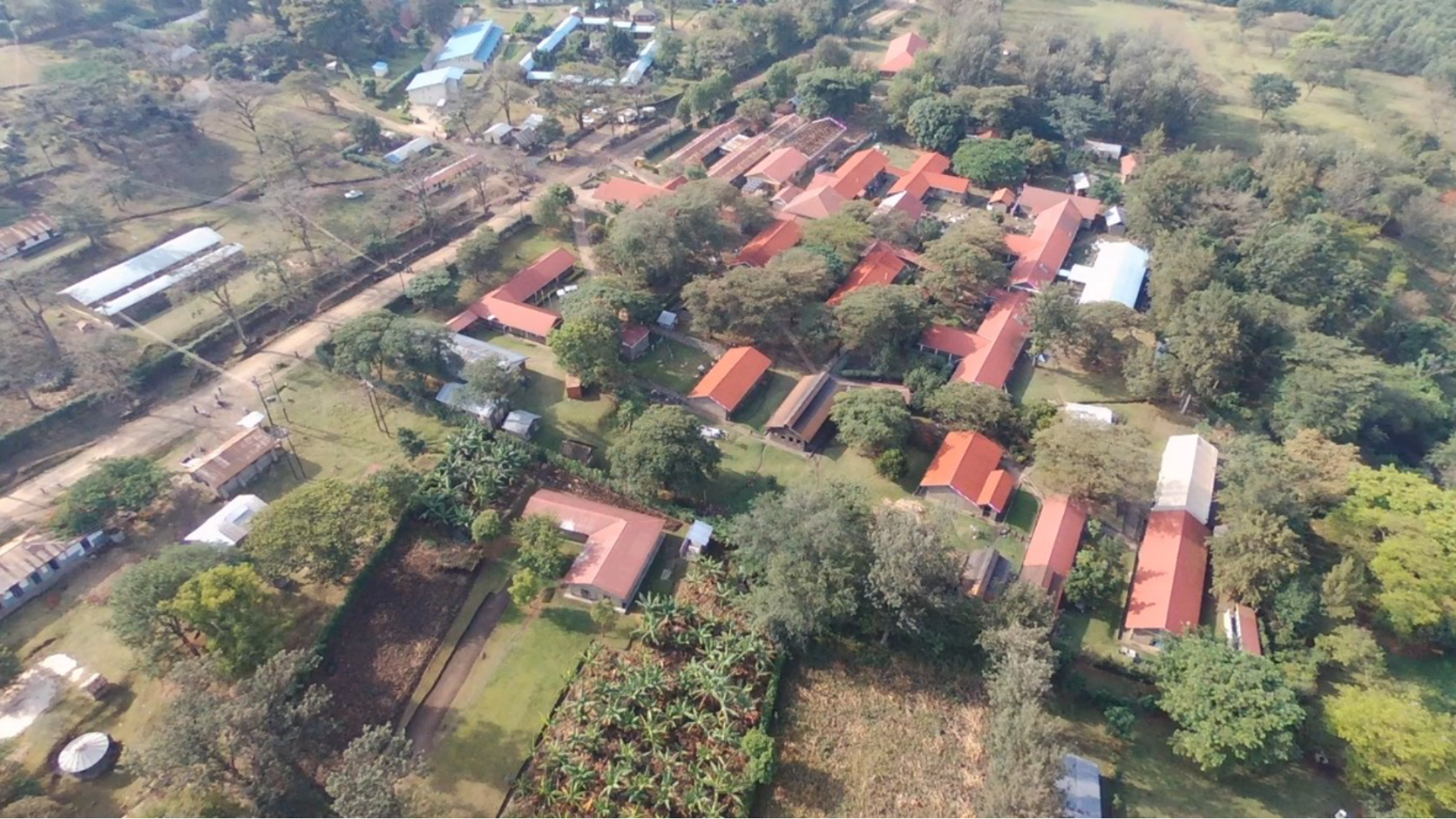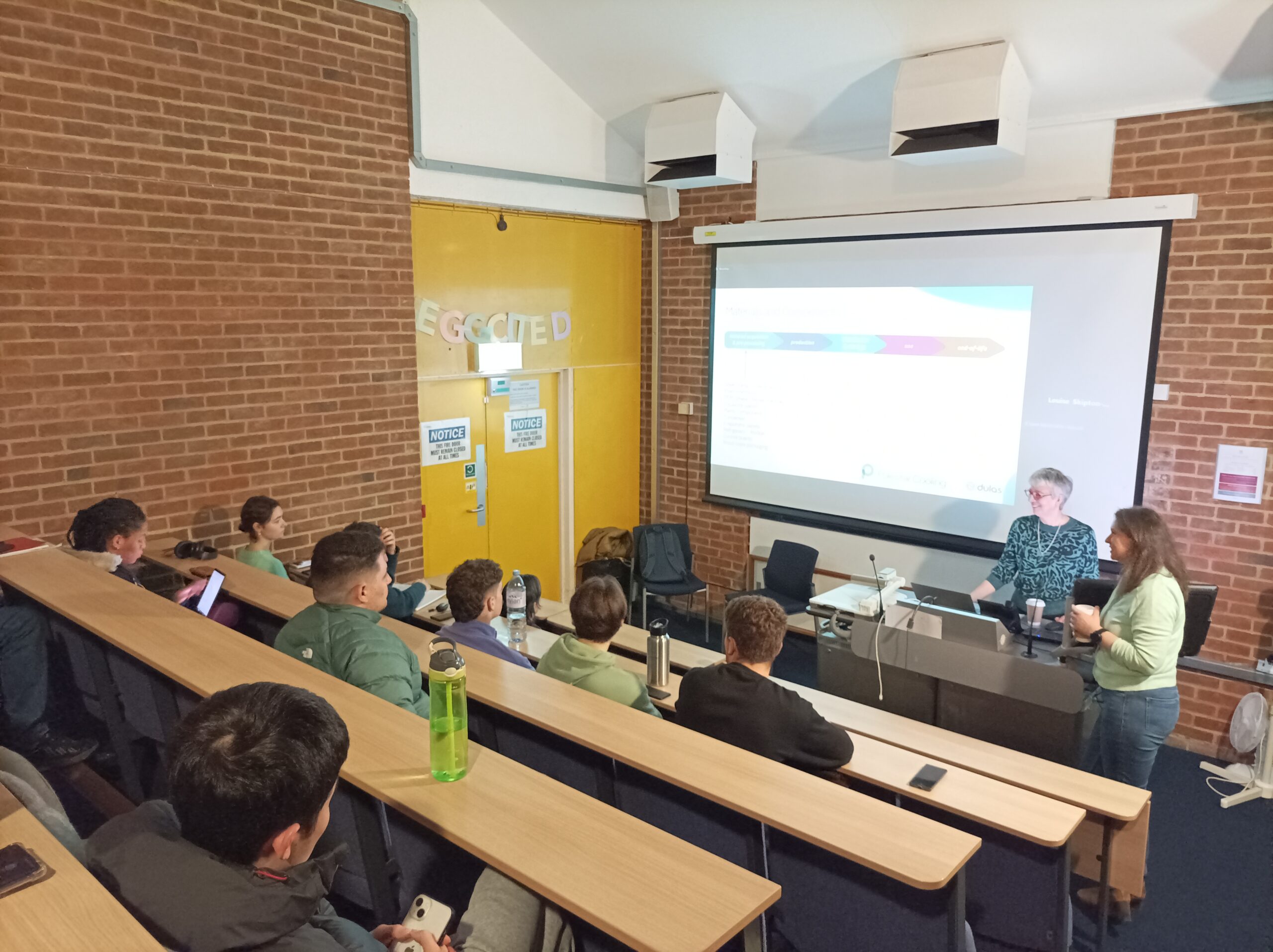Client – SPECIFIC Innovation and Knowledge Centre
Project Overview
SPECIFIC Innovation and Knowledge Centre (led by Swansea University) have designed the UK’s first energy positive Active Office, capable of generating more energy than it uses. Dulas designed and built the integral battery storage and control system. The build involved cutting edge off-site manufacturing techniques and incorporated innovative energy harvest, storage and release technologies. It is linked to the Active Classroom: the two Active Buildings will be able to share energy with each other and electric vehicles.
Implementation
Dulas designed and installed the Energy Storage System utilising five independent maximum power point tracking regulators (MPPT) to charge a 110.4kWh lithium-ion battery. A total of three single phase inverters, with a capacity of 15kVA each in a three phase arrangement (45kVA maximum power) provides conversion to AC. These inverters provide the capability to operate on or off grid as needed including the ability to charge the battery from the AC power grid if required. The inverters provide uninterruptable power to the building in the event of mains failures for around 5 hours from a fully charged battery, assuming a continuous load of 20kVA.
The system provides monitoring, control and logging from a local HMI, via Modbus TCP and LAN as well as the option to use cloud based monitoring if required.
The Active Office at our magnificent Bay Campus follows closely on the heels of the ground breaking Active Classroom. As well as demonstrating what is now possible off the grid, the new building will share energy with the Active Classroom, showing how buildings can work together to create energy resilient communities.
The Active Office was designed and conceived by SPECIFIC Innovation & Knowledge Centre and funded by Innovate UK, with support from Swansea University and the European Regional Development Fund through the Welsh Government.
Conclusions
The Energy Storage System will enable the building to reap the full benefits of the solar photovoltaic system, reducing the dependence on grid electricity consequently lowering operating costs, and contributing towards the university’s carbon reduction commitments. The system also exports surplus energy to meet other load requirements within the campus.







